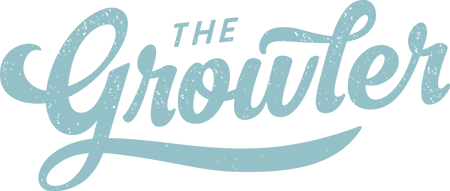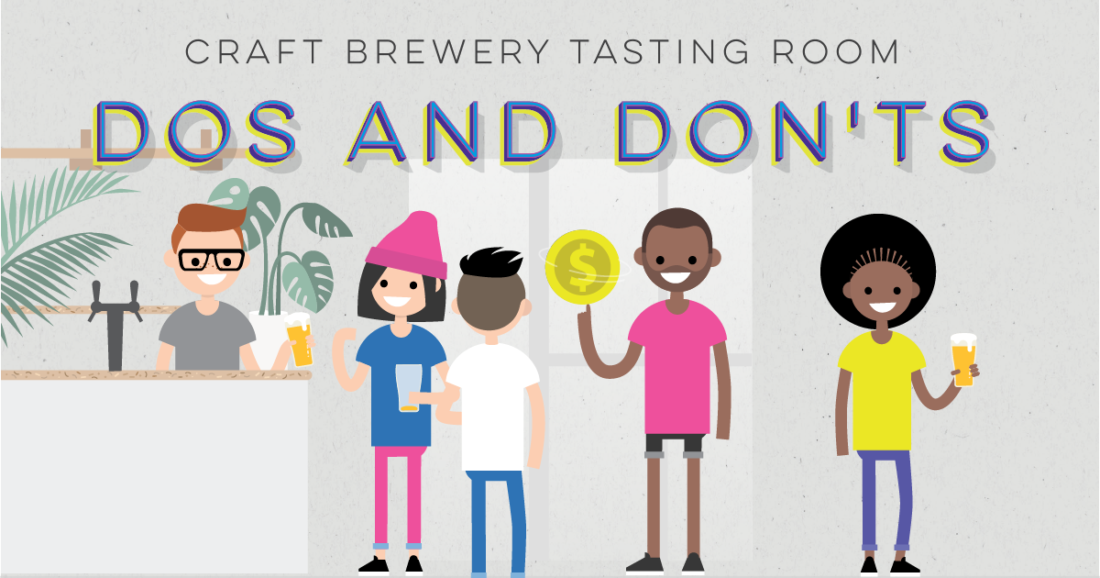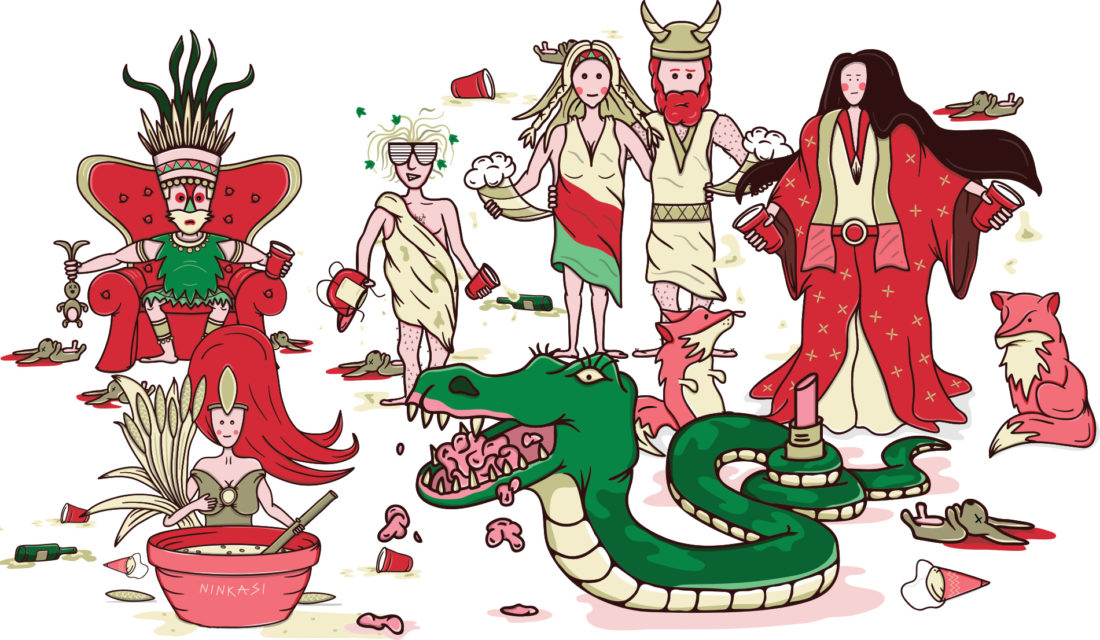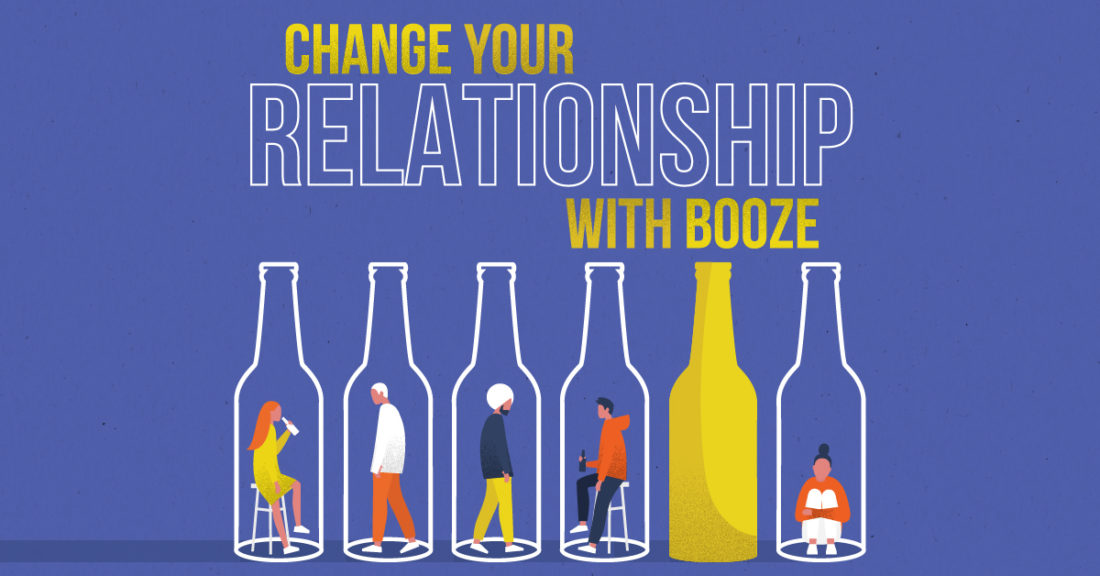
Two years ago, Karen Belfry agreed to try her first Dry January. Belfry was a brewer at Lake Wilcox working the early shift, 6 a.m. to 4 p.m. Alcohol had become a daily habit: “I had plenty of time to come home, do some chores, and polish off several beers or a bottle of wine,” she says.
“I was generally lethargic and didn’t have that ‘get up and go’ at 4 in the morning, not necessarily hungover, but not feeling my best,” she says. “Through the Dry January I felt awesome and realized it might be the key to feeling better.”
Find community
It wasn’t Belfry’s idea to do Dry January—she was part of a group of brewers that she met on Facebook and Reddit who talked about how the holidays are a heavy consumption period and decided to take a conscious break together.
Drinking can be a hardcore habit—and hard to break. It’s easier if you have support, finding like-minded friends, colleagues or internet buddies (try the Alcohol Change UK website) who want to change their drinking habits for the better can be a key part of success.
And taking a month off—while difficult for some of us—does a lot more than give your liver a four-week break. A 2019 study by the University of Sussex found that people who tried a Dry January drank one less day per week for at least six months afterwards, got drunk less often, and drank fewer units of booze than before.
Moreover, Dry January makes you notice how much you crave or use alcohol in your life and makes space and motivation to reset drinking habits. Belfry, who now brews at Molson Coors, has certainly experienced this: “I replaced a lot of my mindless drinks, like a beer while vacuuming, with a sparkling water with fruit, I generally don’t drink alcohol from Monday to Thursday, and if I’m going to a party I’ll bring a six-pack of zero alcohol beer to rotate it in.”
Substitute with non-alcoholic options
Non-alcoholic beers are a great tool to help moderate intake—especially if moderation feels like a chore. Fourteen years ago, Ted Fleming, a beer lover who was diagnosed with Crohn’s disease in his late 20s, started collaborating with Durham College to design a non-alcoholic beer. He was tired of showing up at every party and just drinking water or pop, so his alcohol-free brewing company, Partake, was born. Not only are all of the beers—from pale ale to stout—alcohol-free, they’re also only 10 to 30 calories each.
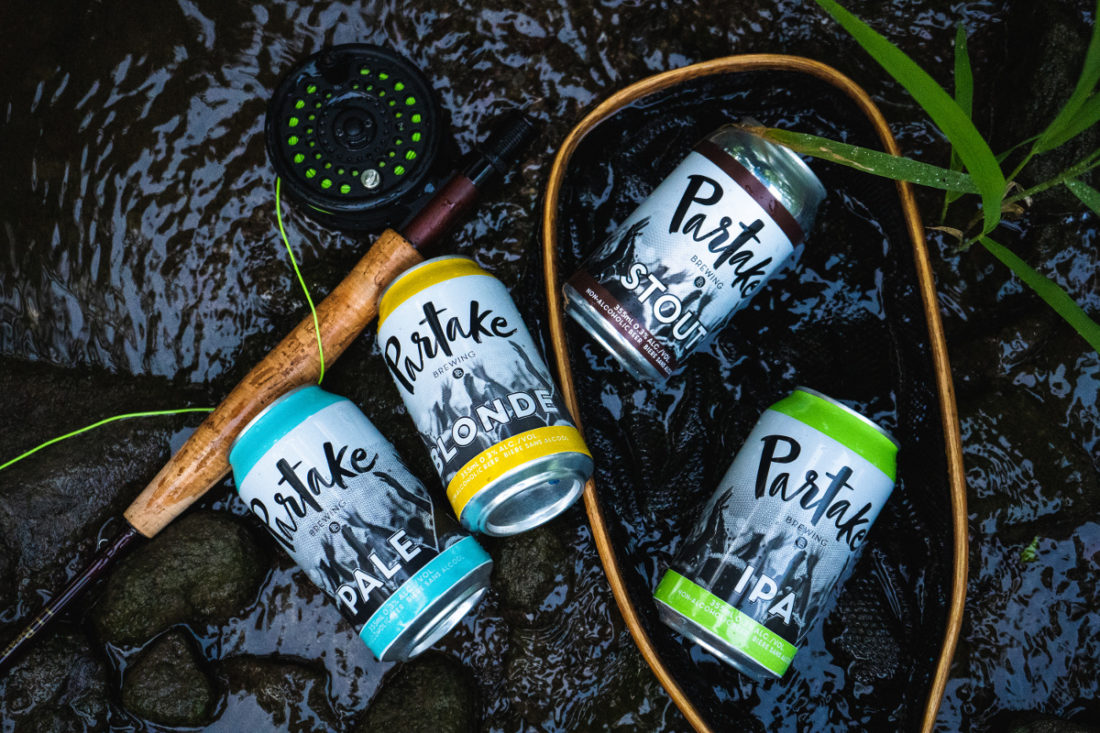
Direct that extra energy somewhere
When many of us finally quit drinking we somehow expect our life to be instantly better. But drinking is often an escape, a way to shake off the boredom of an endless week of meetings, celebrate the end of a stressful project, or feel more confident at a party.
Quitting can fill you with anxiety—that’s why it’s helpful to direct that extra energy somewhere new. Find a new space to hang out in, take up your favourite sport or hobby again, or start a new practice like meditation or yoga to help with anxiety and managing emotions. As for socializing, find friends who also aren’t drinking, or suggest non-drinking activities like rock climbing or a board game café instead of a bar. Go to bed early and notice how much better you feel after many nights of sober sleep.
Look within
Our culture has normalized drinking to the point where people think you’re crazy for quitting—from the “hair of the dog” to cure a hangover, to gleeful “Drunk Mom” blogs, we don’t question whether alcohol nourishes us or just numbs us. To stay off the sauce, even for a day, you need to be clear on WHY you’re doing it, says Jason Ley, a Certified Cicerone and CEO at Better Drinking Culture, a Michigan-based company devoted to reducing alcohol abuse and promoting drinking in moderation.
“There’s nothing super sexy about it, but you’ve got to be willing to look yourself in the mirror when all of the dust from last night has settled, and really ask yourself if you’re doing more harm than good to yourself by how much you drink,” says Ley. His book, The Drinker’s Manifesto, gives you tools to moderate consumption and lists warning signs that signal alcohol use disorder including:
- Needing a drink to relax
- Lying to others about your alcohol use
- Feeling incapable of cutting back on the amount of alcohol consumed
- Losing time from work or school due to your drinking
- Worrying about running out of alcohol
“If you can look at yourself in the mirror and answer yes to any of these, the first and foremost, let’s pause and slow down our drinking, because otherwise those problems are going to grow, and it never ends well.”
Ley knows this firsthand. “I was the poster boy for binge drinking in college,” he says. “I’ve had to go to the hospital multiple times for drinking-related injuries, I’ve lost jobs and girlfriends because of the regrettable things I’ve done while intoxicated.”
In his early-30s, Ley finally faced up to his drinking habit and found a sweet spot for moderate consumption. “It wasn’t as easy as flipping a switch overnight, but I was so tired and ashamed of having to apologize to my wife for drinking too much, maybe throwing up in a toilet, or saying something hurtful,” he says.
Track your drinks
You don’t have to do a dry month, but to cut down, you do have to track your drinks. The first thing Better Drinking Culture teaches is paying attention to what, and how much, you consume.
Health Canada’s Low-Risk Drinking Guidelines recommend that women consume no more than 10 drinks a week, no more than two drinks at a time and take at least two sober days per week. And for men, it’s maximum 15 drinks a week and no more than three a day. On special occasions, you can up it by one more drink. Staying within these guidelines means alcohol has no risk of harm to your health, relationships or work performance.
And it’s key to know what “one drink” means. For beer, it’s a 341-ml bottle of 5% beer. So a 20-ounce pint of 6.5% IPA is equivalent to just over two units of alcohol.
Sometimes zero is the limit
When he was 21, Michael Gurr, now president of Kensington Brewing Company, already knew drinking was a problem for him. “So I did what a lot of people do, I had a system of moderation, which for large periods of time was successful,” he says. “I would only drink on X number of days per week, or cut out drinking at home, I stopped drinking hard liquor, or tried taking a week off.”
Later, when he got into the beer industry, moderating became even harder: “There’s social pressure to partake all the time,” he says. And moderation felt like hell, “because when you step away you realize you’re just waiting to get drunk again.”
Gurr’s rock bottom came in September 2016, he’d been trying all year to cut back, but found himself seeking out excuses to be alone so he could binge drink. “I did a full inventory of where I was at and realized that alcohol was a problem, and moderation wasn’t working.” Initially, Gurr told his wife, and “a group of anonymous strangers on the internet,” slowly telling his friends and colleagues.
The reception from his friends wasn’t what he expected, “They were like, ‘Really? We didn’t think you had a problem at all,’ or ‘But I’m getting married in six months, so you’ll drink then, right?’”
“There’s still a belief that alcoholics are all homeless people drinking mouthwash,” he says, “but the majority are high-functioning professionals who own homes, hold down jobs and relationships, and appear very successful.”
If sobriety is something you know you need to explore, find a community and allies. If Alcoholics Anonymous turns you off, there are plenty of other options these days as a growing number of people are choosing sobriety over moderation. You can start by telling someone close to you, reading Sober Curious, calling an addictions hotline, or talking to a sober friend to start. j
Crystal Luxmore is an Advanced Cicerone® and co-founder of Beer Sisters Inc. Inspired to do #DryJanuary? Follow the Beer Sisters on Facebook and Instagram and go dry with us!
